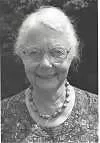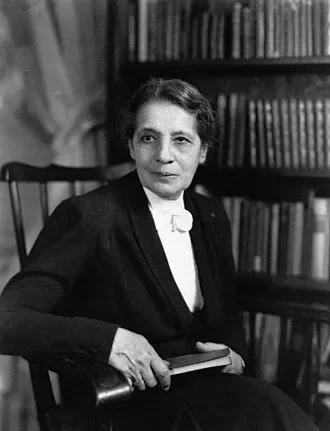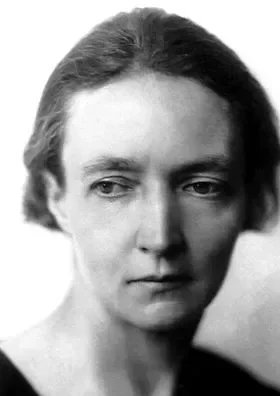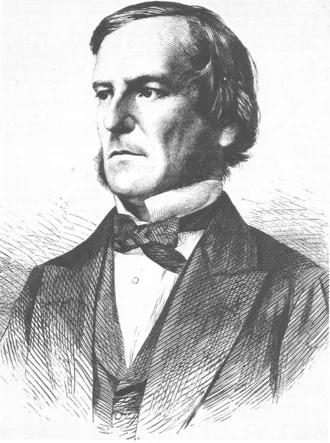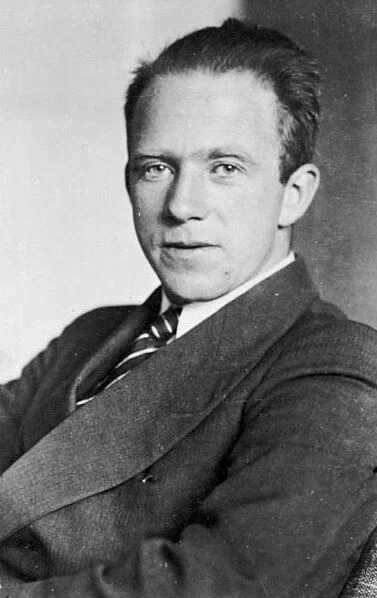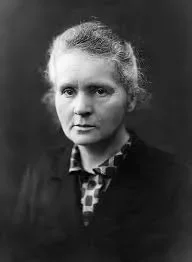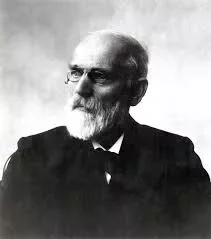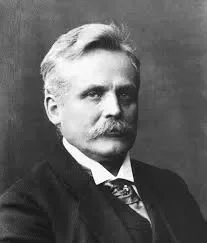Real Celebrities Never Die!
OR
Search For Past Celebrities Whose Birthday You Share

source: wikipedia.org
Edmond Halley
Birthday:
28 Oct, 1656
Date of Death:
17 Jan, 1741
Cause of death:
Natural causes
Nationality:
British
Famous As:
Astronomer
Age at the time of death:
84
Introduction to Edmond Halley
Edmond Halley, a renowned English astronomer, geophysicist, mathematician, meteorologist, and physicist, gained fame for his groundbreaking calculations related to the trajectory of Halley’s Comet. His contributions to science extended far beyond this famous prediction, influencing multiple fields.
Early Life and Academic Pursuits
Born in Haggerston, London, Halley grew up in a prosperous family involved in the soap-making business. From a young age, he displayed a remarkable interest in astronomy and mathematics. By age 17, he had already published scientific papers on the solar system and sunspots. This early success set the stage for his academic journey.
Continuing his education, Halley attended Oxford University, where his passion for astronomy deepened. He began corresponding with John Flamsteed, the first Astronomer Royal, and formed relationships with notable scientists like Isaac Newton. Halley’s collaboration with Newton was instrumental in the publication of Principia Mathematica, one of the most influential works in the history of science.
Astronomical Voyages and Discoveries
In his quest to better understand the cosmos, Halley embarked on several voyages to observe celestial events such as eclipses, transits, and comets. One of his most notable expeditions took him to the island of Saint Helena in the South Atlantic. There, Halley cataloged the stars in the southern hemisphere, contributing valuable data to the field of astronomy.
His explorations continued as he ventured into the South Atlantic and Indian Oceans. During these journeys, he meticulously measured variations in the magnetic compass. Furthermore, Halley developed a technique using the moon to calculate longitude while at sea, significantly aiding navigation.
Becoming the Astronomer Royal
In 1720, Edmond Halley succeeded John Flamsteed and became the second Astronomer Royal. In this prestigious role, he actively promoted scientific research and the observation of celestial phenomena. One of his key achievements during his tenure at the Greenwich Observatory was improving the accuracy of both instruments and data, laying the foundation for modern astronomical observation.
Refining the Lunar and Planetary Models
As Astronomer Royal, Halley initiated a series of focused observations on the moon and planets. His goal was to refine the existing lunar theory and improve the overall model of the solar system. These efforts were critical in advancing humanity’s understanding of celestial bodies and their movements. Halley’s meticulous work allowed future astronomers to predict lunar and planetary positions with greater accuracy.
The Prediction of Halley’s Comet
Perhaps Halley’s most famous contribution to astronomy came in 1682, when he observed a comet that sparked his interest. After analyzing historical records, he discovered that similar comets had appeared in 1531 and 1607. Using his advanced knowledge of mathematics and celestial mechanics, Halley predicted that the same comet would return in 1758. Although he did not live to witness the event, his prediction was proven correct, and the comet was named in his honor.
Edmond Halley's Quote's
Legacy and Lasting Impact
Edmond Halley’s work in astronomy and other scientific fields left an indelible mark on history. His calculations regarding the return of the comet that now bears his name remain a defining achievement in astronomical history. Furthermore, his contributions to improving navigational techniques and refining the lunar and planetary models continue to influence modern science.
While Halley’s prediction of the comet’s return is his most celebrated achievement, his lifelong dedication to advancing human understanding of the universe was equally significant. His pioneering spirit and collaborative efforts with other scientists helped to propel the scientific revolution forward.
Conclusion: A Visionary Scientist
In conclusion, Edmond Halley’s life and career exemplify the pursuit of knowledge and scientific discovery. From his early days as a promising student to his role as Astronomer Royal, Halley consistently pushed the boundaries of what was known about the cosmos. His prediction of Halley’s Comet and his work in astronomy, geophysics, and mathematics continue to inspire generations of scientists.
Name:
Edmond Halley
Popular Name:
Edmond Halley
Gender:
Male
Cause of Death:
Natural causes
Spouse:
Place of Birth:
Haggerston, Middlesex, England
Place of Death:
Greenwich, Kent, England
Occupation / Profession:
Personality Type
Architect: Edmond Halley was a driven individual who believed in hard work. He possessed a great analytical mind which helped him in his career.
Edmond Halley is best known for predicting the return of Halley's Comet.
He proposed a method to determine the Earth's distance from the Sun.
He developed theories on magnetic variations and compass navigation.
Halley was the second Astronomer Royal of England (1720-1742).
Halley’s comet is named after him after he predicted the orbit of the comet



